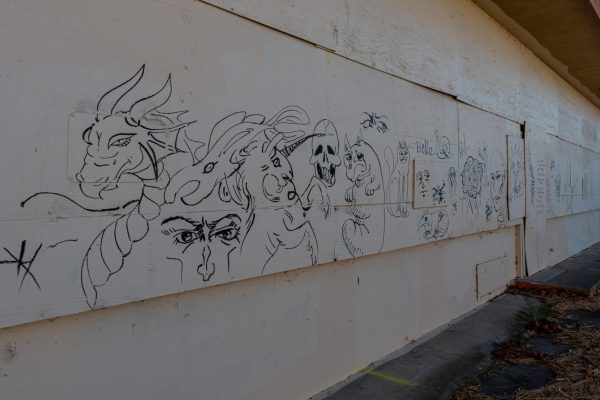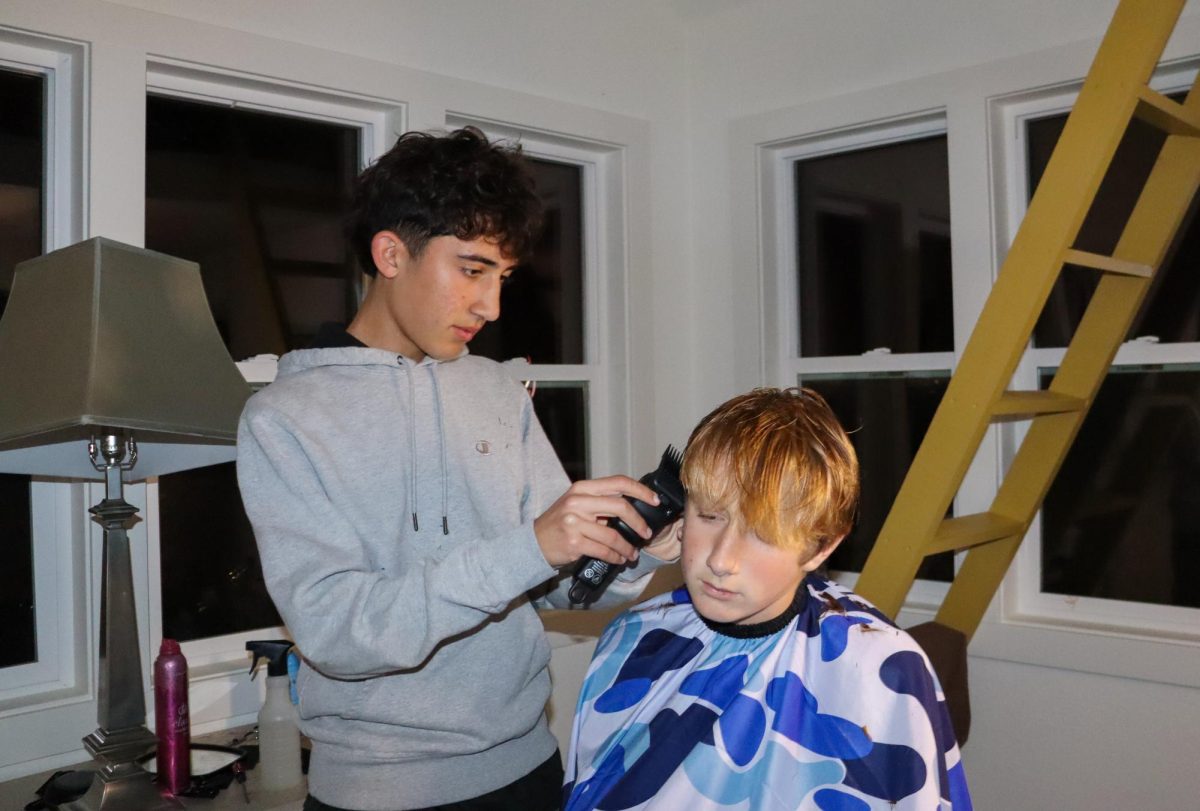A new trend by the name of urban exploring, or “Urbex” for short, has recently gained popularity among the Bay Area youth. Urbex examines either abandoned or uninhabited parts of the urban world that are either rarely seen or entirely off-limits. Urban explorers, also known as Urbexers, seek to uncover the inner workings of the urban landscape in its purest, rawest form.
Urbex is not just a recent trend among Bay Area youth; it has historical roots that stretch back centuries. The origins of Urbex can be traced to 18th-century Paris, where explorers ventured into the city’s underground catacombs. As cities grew, the desire to uncover forgotten spaces also expanded, leading people to explore abandoned buildings, subway tunnels, and other urban ruins.
By the 1990s, with the rise of the internet, urban exploration gained further momentum as enthusiasts began sharing tips and locations online, helping the practice evolve into the subculture it is today. The Bay Area, in particular, has been a hotspot for this recent increase.

Unlike other thrill-seekers exploring nature, such as cave spelunkers or mountaineers, Urbexers focus on discovering secrets hidden in urban environments. An anonymous Archie Williams freshman, who will go by the pseudonym “Justin,” finds urban exploring more interesting than other adventure experiences.
“There’s a story behind every [urban exploring location], and you see so much more stuff. It’s a less controlled environment you have,” Justin said.
Most explorers’ goals are not to destroy or steal. Instead, they often hope to look around and take pictures. Some even find it as an opportunity to find untouched “treasure.” One anonymous Archie Williams senior, going by the pseudonym “Dave,” seeks out treasure during his Urbex adventures. He recently found an abandoned bunker in the Marin Headlands and discovered ancient military equipment.

“[The bunker is] really cool because it has all this old military stuff that no one’s really touched. I’ve taken a few things, like a military generator from the ‘70s that I’ve gotten working,” Dave said.
As the hobby has slowly garnered attention, a community is forming around this pastime, with most activity happening over the internet. Rather than publicly posting locations, most Urbexers privately trade with others online, sharing different abandoned spots or access points. Various online forums, such as Reddit’s r/urbanexploration, which has amassed about two million members, give spaces for discussion on the subject.
Urbexers have even turned to Instagram, with some of them amassing a significant following. The Instagram profile @urbex.notts has over one hundred thousand followers, and it focuses entirely on urban exploring. The account showcases urban landscapes in Nottingham, United Kingdom, another Urbex hotspot. Smaller profiles have also emerged around the Bay Area, including @bay.urbex and @sludge.urbex, both of which showcase photos of abandoned buildings and empty tunnels all covered in graffiti.
Experienced Urbexers often avoid publicly sharing their favored locations for urban exploration, as spots can quickly become vandalized once they become widely known. A post made by @urbex.notts showed a compilation of vandalized abandoned structures with the caption, “This is why you shouldn’t give out locations.” Dave finds Urbexers who purposely damage locations especially annoying.
“It isn’t good to do [urban exploring] just like a rage room to destroy stuff, I don’t think that’s right. I don’t think you should go to these places just to trash them or be a vandal,” Dave said.

Most abandoned facilities are still considered private property, and Urbexers can be charged with trespassing if they’re not careful. The consequences for this can include hefty fines, jail time, or both. Vandalizing can add to the punishment, according to Justin.
“If the owner of the private property finds out you’ve been trashing their stuff, they can also press damage charges on top of their lawsuit. Abandoned or not there is still someone who owns the property,” Justin said.
Local police departments have encountered several instances of Urbexers vandalizing private property. Central Marin Police Sergeant Jeff Peterson highlighted a recent case.
“Ever since COVID-19, the movie theater [in Corte Madera] has been shut down, and since then, there have been several cases of teenagers trespassing and vandalizing the property,” Peterson said.
Even entering abandoned structures through open entrances can be technically illegal, as it still constitutes trespassing. While many Urbexers aim to explore safely and legally, the act of breaking in and causing damage is even more unlawful. Justin typically seeks out locations that are easy to enter and do not require breaking in.
“I prefer to find spots already open, but sometimes I have a lock pick, and sometimes there are hatches on the ground. To get into tunnels, I use a special key tool,” Justin said.
Justin had a run-in with law enforcement during one of his ventures with his friends, but managed to exit the situation without any serious reprimands.
“The [police officers] detained us, but they reviewed the situation and dropped it. Technically, [they never] put us on probation, though,” Justin said.

The police found that Justin already willingly does community service work as a volunteer, and decided to let him go.
On top of the legal risk that comes with Urbex, the hobby can pose physical health risks. Old buildings commonly explored often contain dry rot or asbestos, which can cause respiratory issues, and even cancer. One @urbex.notts post showed a mysterious open pool of standing water that had been seemingly contaminated with hordes of bacteria.
Urban explorers don’t only seek the adrenaline rush of trespassing or the camaraderie of a hidden subculture. For some, Urbex provides an opportunity to break free from daily life and experience something out of the ordinary. They abide by the golden rule of Urbex: “Take nothing but pictures, and leave nothing but footprints.”











